What the Future of WFH Means for Office Space
“Zoom fatigue” and lower occupancy are shaking the sector, but some industry adages still ring true.
With productivity remaining strong during the pandemic-induced work-from-home experiment, both employers and employees continue to rethink and evaluate their needs for physical office space. This, in turn, is bound to have deep, but not yet clear repercussions for the future of the workplace and for commercial real estate as a whole.
READ ALSO: ULI, EY Predict ‘Ecosystem’ of Workplaces
Cushman & Wakefield’s last instalment of its report trilogy dubbed New Perspectives: From Pandemic to Performance gathered feedback from 32 owners, occupiers and placemakers to help explore how the role of office space is bound to change once it will be safe for employees to return. And rightly so, occupiers in the focus group indicated that their employees have expressed a desire to return at some point, as “zoom fatigue” becomes increasingly acute.
It is a reasonable assumption that the average employee will work remotely two days a week, the study mentions. A similar outcome was reached by a JLL report, which queried some 2,000 office workers and found that 66 percent of the group hoped to work remote at least two day a week. However, the balance between remote and office work is expected to vary depending on the needs of organizations, departments, teams and individuals.
With few employees expected to work exclusively remote, the purpose of the workplace will have to adapt so it can continue accommodating employee preferences while also maintaining productivity, innovation and creativity.
Something old, something new
Historically, density has been linked to headcount per desk. In an agile work environment, there will be a differentiation between space per person and space per work point, with occupiers focusing more on collaborative and communal space, the report says. What surveyed investors, occupiers and placemakers agreed on was that location will remain a vital factor. Employees will still prefer walkable submarkets with quick access to amenities where they can also work remotely.
READ ALSO: Expert Insights – What’s Next for the Office Market
Meanwhile, following the volatility brought by the pandemic, big decisions are being kicked down the road. This is reflected in Cushman & Wakefield’s 2020 leasing data, with total activity down and short-term renewals making up a more significant percentage of completed deals, a reflection of tenant hesitation when it comes to long-term commitments. This, in turn, could redefine what a long-term lease is, with many companies uneasy in making decade-long decisions.
Occupancy shock?
The Cushman & Wakefield report also showcases a simulation using data from 2017 to 2019 which, considering several parameters, examines the projected impact of remote work on office demand across the country’s top 35 markets. The simulation determines the shift as a percentage of total office stock.
While all metros recorded a negative shift, the numbers are quite low—between 0.2 and 0.4 percent. The outcome, while consistent across geographies, is not expected to have a significant impact on overall demand in the medium- to long-term.
Read the full report by Cushman & Wakefield.

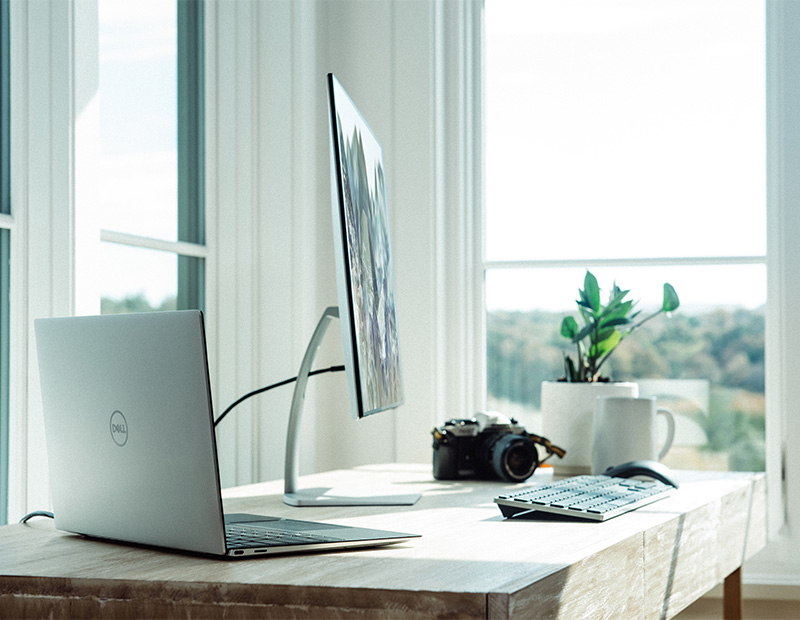
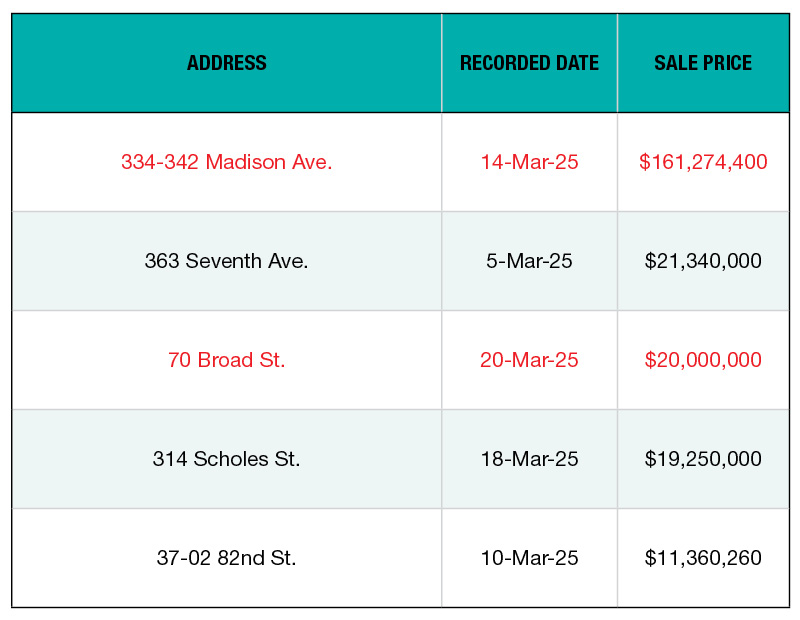

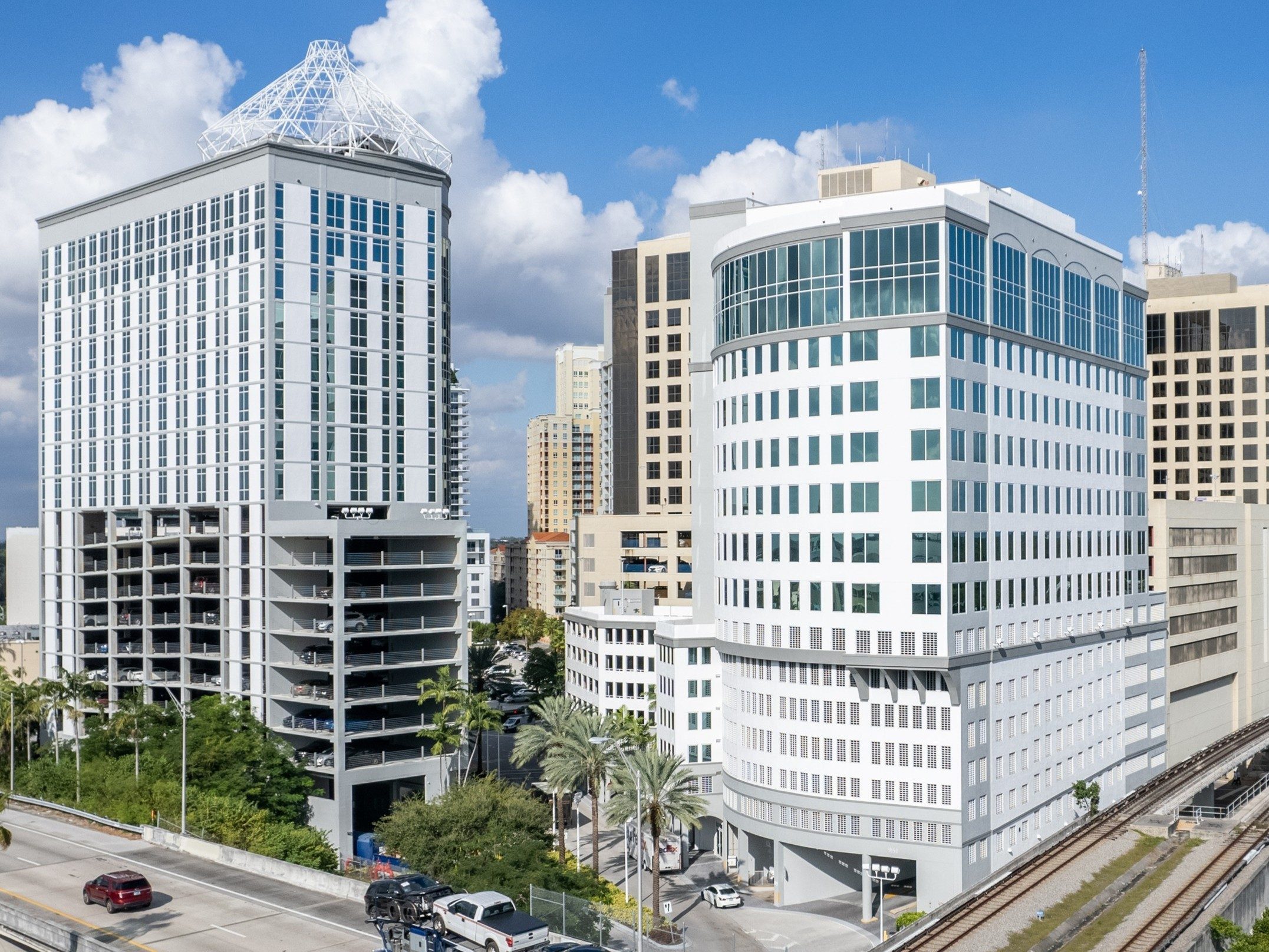
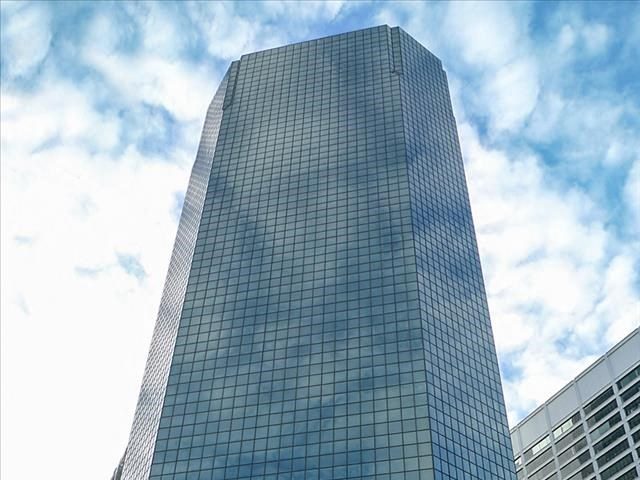
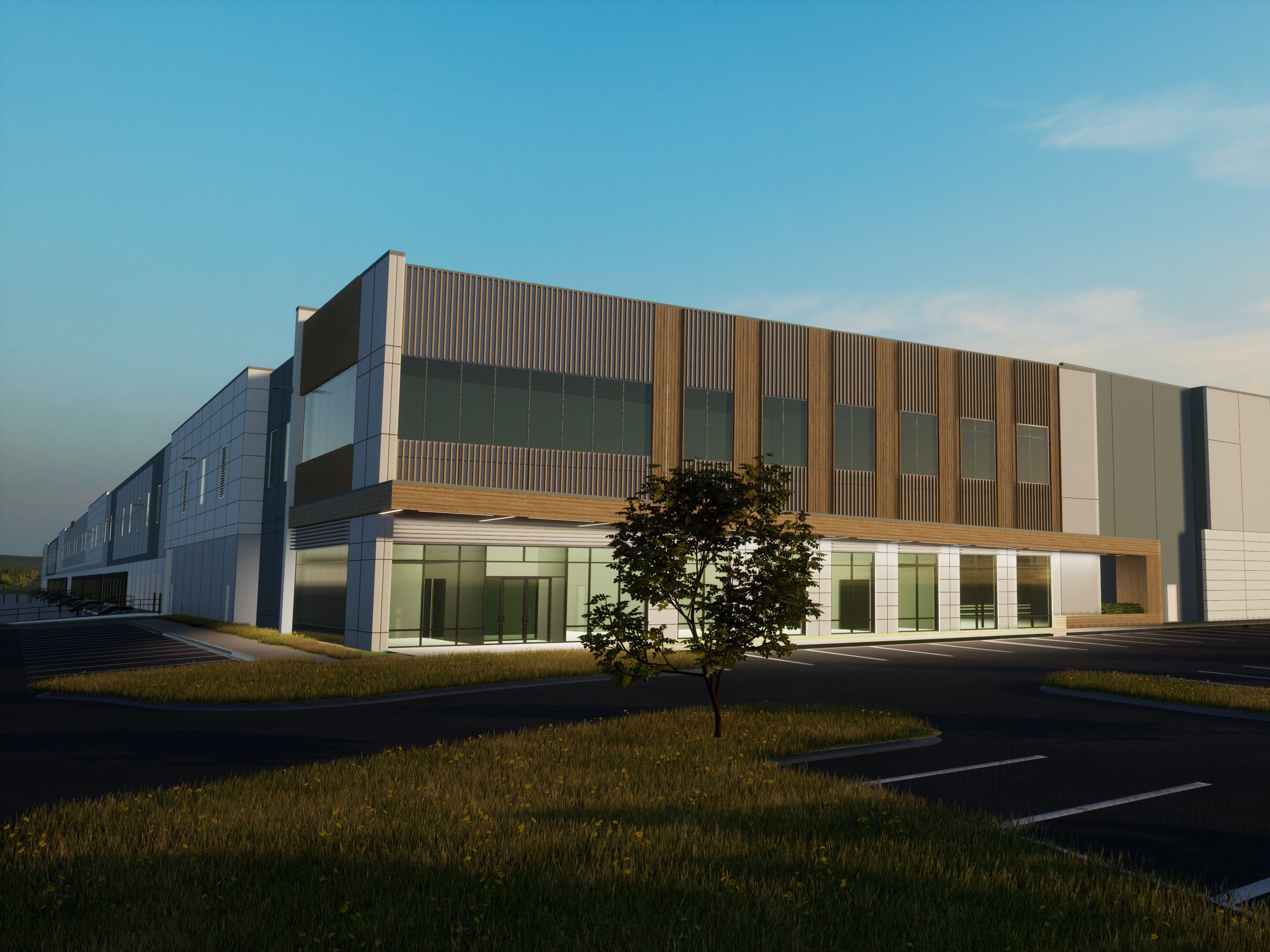

You must be logged in to post a comment.